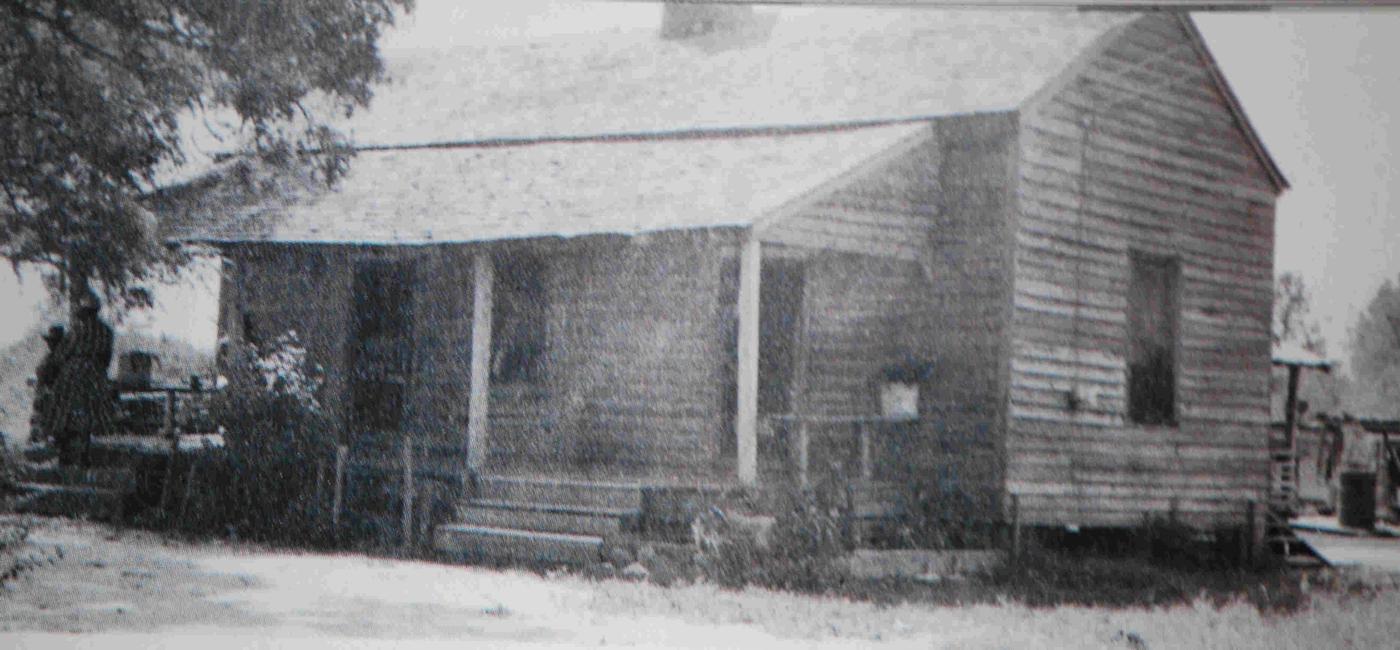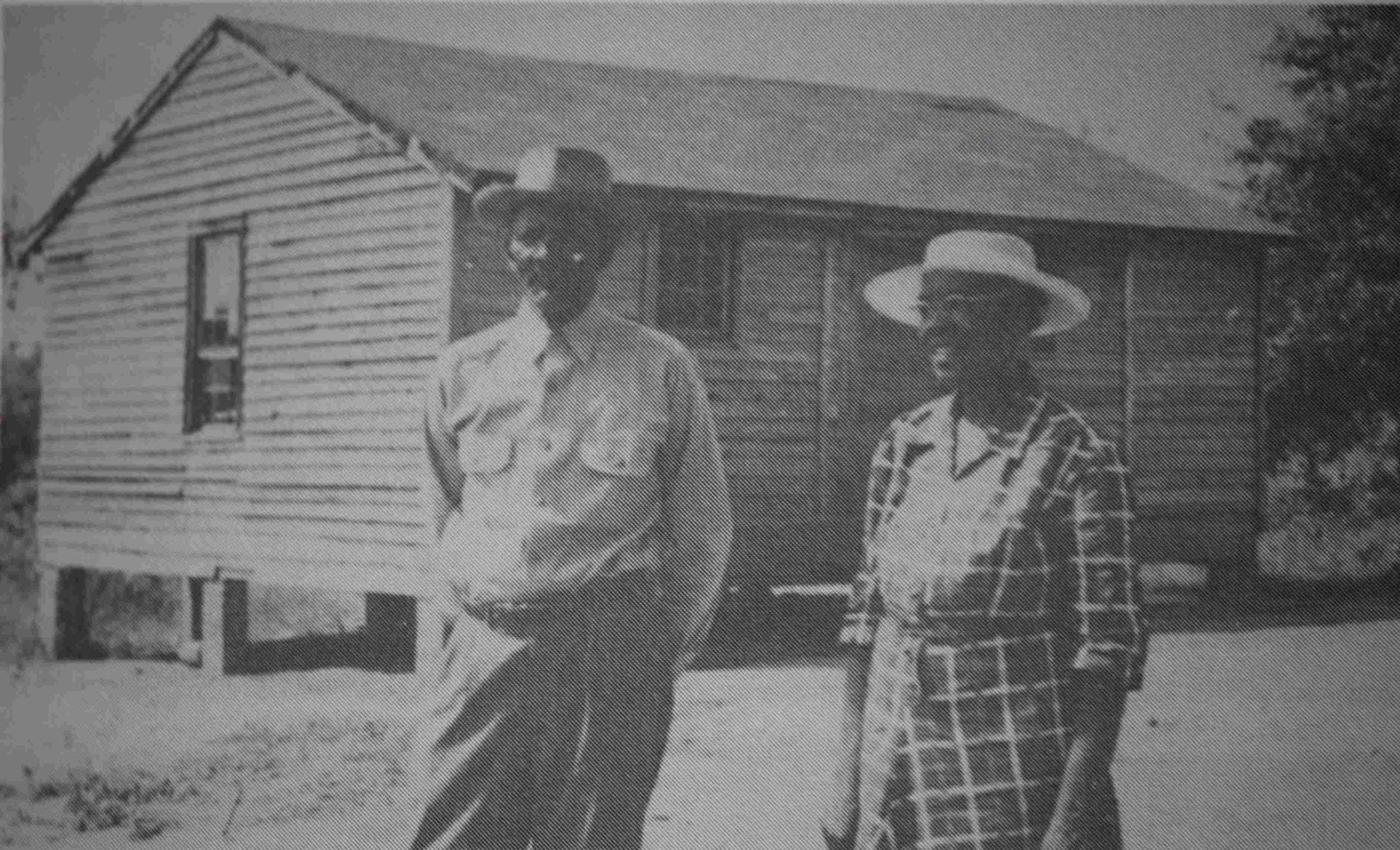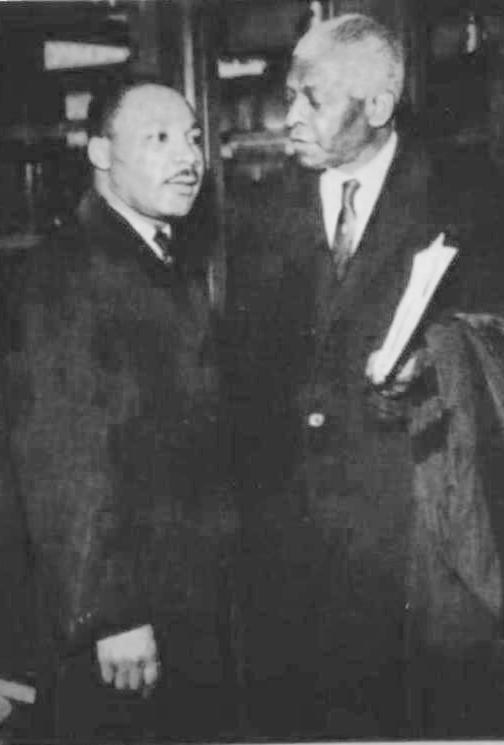 Benjamin Elijah Mays was born the youngest of eight children in the community of Epworth in Benjamin Elijah Mays was born the youngest of eight children in the community of Epworth inSE Greenwood County on August 1, 1894. A son of former slaves, Mays’ childhood played a key role in shaping the monumental figure that he would become. His earliest memory was of a white mob that approached his family’s home on horseback with guns drawn, forcing his father to remove his hat and bow before them repeatedly. The mob was associated with the Phoenix Riot which began in Greenwood on November 8, 1898. The atmosphere of hate, lynching, violence and forced segregation made a lasting impression on Mays, and his child-hood on his family’s tenant farm became the defining period of his life. It was then that he realized he wanted something better for his life. He developed an insatiable desire to get an education. |
|||

After attending the Brick house School in Epworth and two years at the Baptist-sponsored school in McCormick, Mays left Epworth to attend the High School Department at SC State College in Orangeburg, SC. He graduated as Class Valedictorian at the age of 22 in 1916. After a year at the African-American College of Richmond Union university in Virginia, he realized his dream of competing with Northern whites and enrolled at Bates College in Lewiston, Maine. The Bates experience was liberating for Mays. Here he developed his first white friends and was treated with respect. He was captain of the debate team and played on the football team. He was named an honor student his sophomore year and graduated with honors in 1920. Shortly after graduating from Bates, he married Ellen Harvin whom he had met at State College during high school. Mays accepted a position at Morehouse College in Atlanta to teach higher math in 1920 {Mays completed his Masters Degree in 1925 at the University of Chicago.} and to pastor Shiloh Baptist Church. His wife died in 1923 following an operation in an Atlanta hospital. In 1925, Mays taught English at SC State College and met his second wife there, Sadie Mays. They married in 1926 and moved to Tampa to serve with the Tampa Urban League. In 1928 Mays served as National Student Secretary of the YMCA in Atlanta he took leave to conduct a national study of African-American churches from 1928 to 1930. In 1933, he wrote his first book was published, The Negro's Church. From 1934 to 1940, Mays served as Dean of Religion at Howard University in Washington, D.C. In 1935, Mays completed his work and earned a Doctor of Philosophy in Religion from the University of Chicago. It was as President of Morehouse College that Mays achieved his widest scope of influence in civil rights and education. Mays became president of Morehouse in 1940 when the college was at its lowest point since its founding in 1867. The Great Depression had taken its toll, and when the US entered WW II in 1941, the college lost over half of its students to the war. In addition to low student enrollment, the college was suffering from under-qualified professors. As president, Mays established a Phi Beta Kappa chapter, increased the number of faculty holding PhD’s to fifty percent, and increased enrollment. In 1944, because of the early admissions program established by Mays, Martin Luther King was admitted to the college at age 15 as were other gifted high school eleventh graders. After attending the Brick house School in Epworth and two years at the Baptist-sponsored school in McCormick, Mays left Epworth to attend the High School Department at SC State College in Orangeburg, SC. He graduated as Class Valedictorian at the age of 22 in 1916. After a year at the African-American College of Richmond Union university in Virginia, he realized his dream of competing with Northern whites and enrolled at Bates College in Lewiston, Maine. The Bates experience was liberating for Mays. Here he developed his first white friends and was treated with respect. He was captain of the debate team and played on the football team. He was named an honor student his sophomore year and graduated with honors in 1920. |
|||

Shortly after graduating from Bates, he married Ellen Harvin whom he had met at State College during high school. Mays accepted a position at Morehouse College in Atlanta to teach higher math in 1920 {Mays completed his Masters Degree in 1925 at the University of Chicago.} and to pastor Shiloh Baptist Church. His wife died in 1923 following an operation in an Atlanta hospital. In 1925, Mays taught English at SC State College and met his second wife there, Sadie Mays. They married in 1926 and moved to Tampa to serve with the Tampa Urban League. In 1928 Mays served as National Student Secretary of the YMCA in Atlanta he took leave to conduct a national study of African-American churches from 1928 to 1930. In 1933, he wrote his first book was published, The Negro's Church. From 1934 to 1940, Mays served as Dean of Religion at Howard University in Washington, D.C. In 1935, Mays completed his work and earned a Doctor of Philosophy in Religion from the University of Chicago. It was as President of Morehouse College that Mays achieved his widest scope of influence in civil rights and education. Mays became president of Morehouse in 1940 when the college was at its lowest point since its founding in 1867. The Great Depression had taken its toll, and when the US entered WW II in 1941, the college lost over half of its students to the war. In addition to low student enrollment, the college was suffering from under-qualified professors. As president, Mays established a Phi Beta Kappa chapter, increased the number of faculty holding PhD’s to fifty percent, and increased enrollment. In 1944, because of the early admissions program established by Mays, Martin Luther King was admitted to the college at age 15 as were other gifted high school eleventh graders. |
|||

Mays’ birthplace remains as stark physical evidence of his early life and is a reminder of the struggle that he experienced and the restrictions placed on him simply because of his race. No other building survives that is so closely associated with Mays’ life. The Mays Site also provides visual testimony to the agricultural significance of the tenant farming system and its social and economic limitations of the many blacks as well as whites who labored in the period after Reconstruction. South Carolina’s African-American heritage has often been ignored by scholars and preservationists and, as a result, historic buildings and sites associated with these leaders are being lost at an alarming rate. In order to halt the destruction of this part of our state’s history, immediate action needs to be taken to ensure preservation. It is important that we work to preserve this important part of African-American history.
|
|||
| - The Honorable James E. Clyburn, US Congress |


